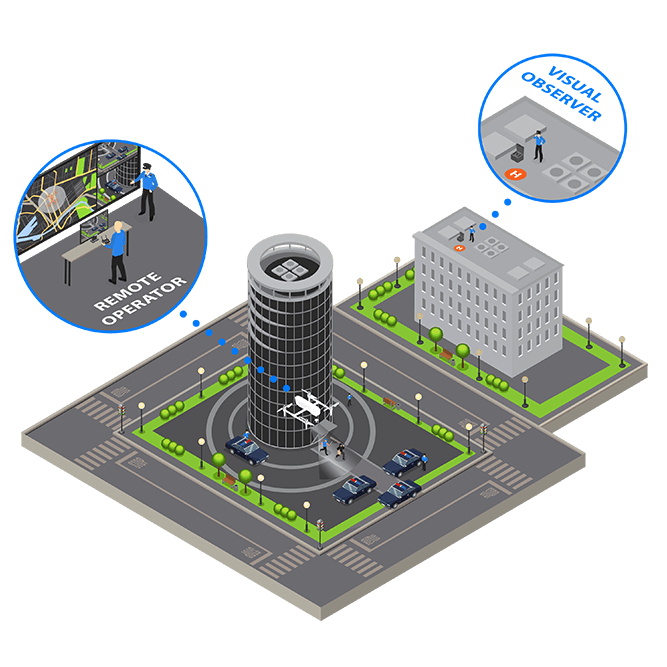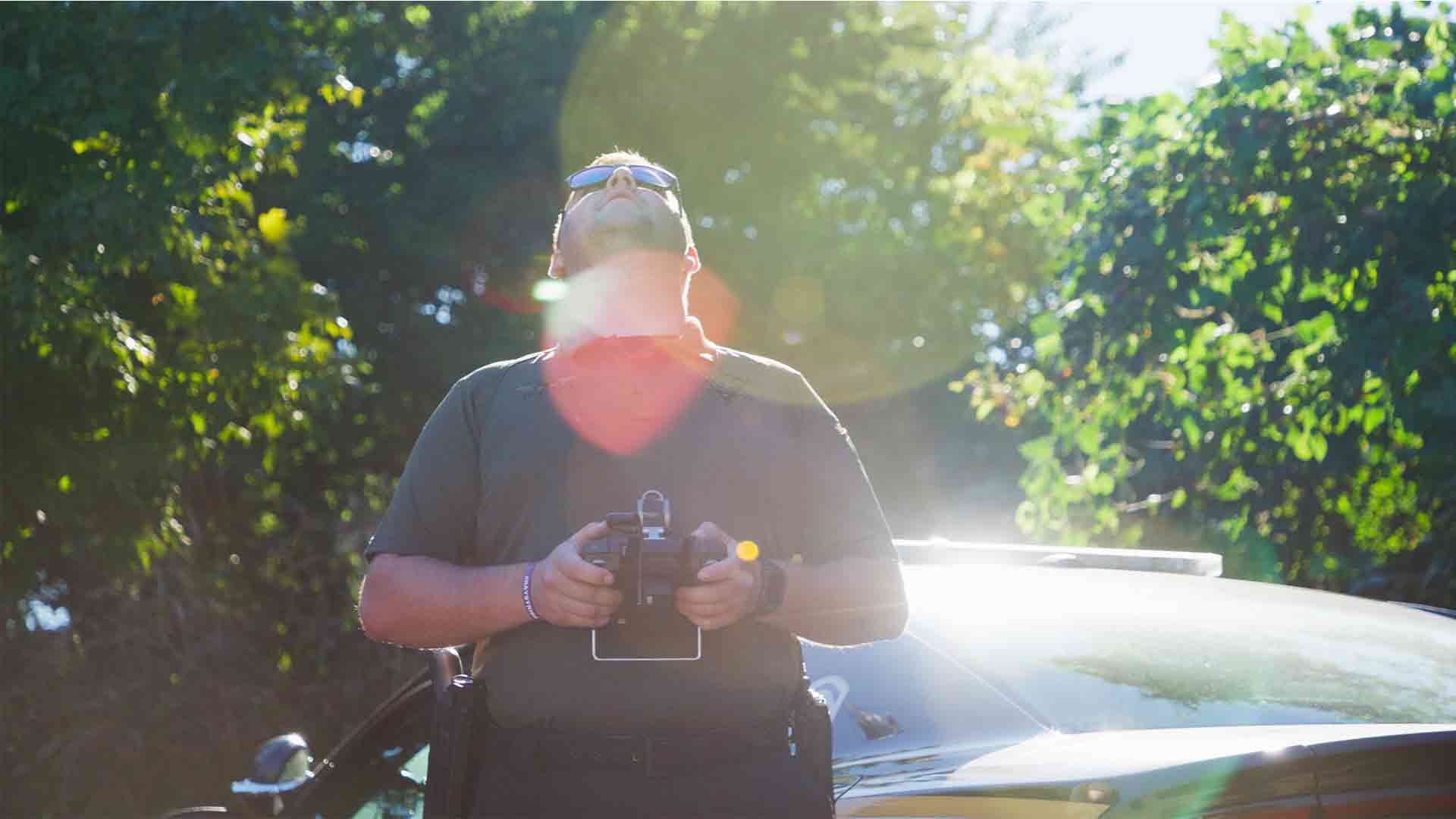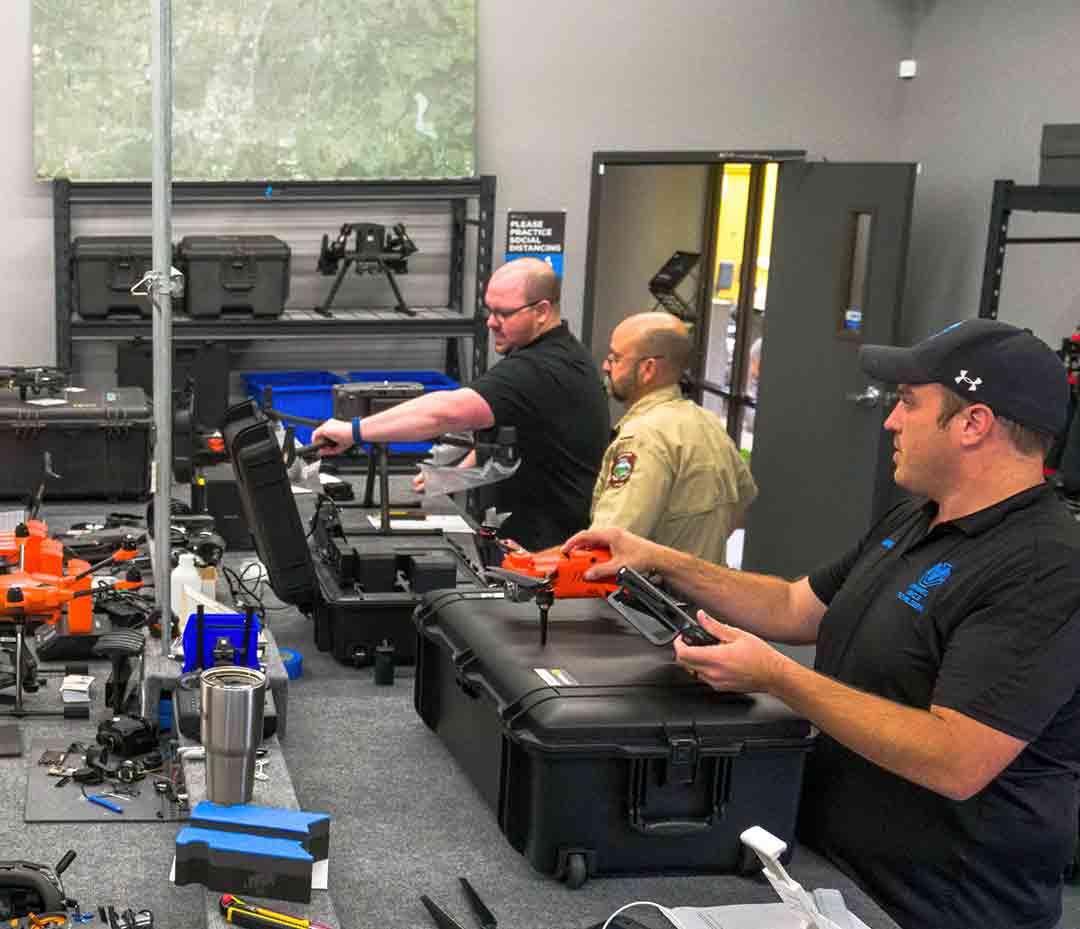9-1-1.
On average, the nation's public emergency telephone number is called over 600,000 times every day. These desperate calls for help present the real-time possibility that a person or persons are experiencing a critical life-threatening emergency and are in immediate need of emergency responders. From medical conditions to automobile accidents, missing persons, and everything in between, each call is unique and deserves a caring, customized, and rapid response.
Knowing this, our nation's brave first responders and their leaders not only live with the awareness that mundane everyday events can become life-threatening emergencies in the blink of an eye, but are also proactively innovating ways to save more lives by integrating technology at every step.
From introducing drones and robotics to streamlining Emergency Response Plans (ERPs) and optimizing communication processes to respond more efficiently, public safety officials are building strong foundational programs dependent on preparedness through exercises, training, and the ongoing hands-on development of specialized tools designed to aid during critical incidents.
Faster Response To Save More Lives
What Is A “Drones As First Responder Program”?

Is UVT’s “Drones As First Responder Program” a Good Fit for Us?
The good news is you don't have to answer questions like this alone. That’s what we're here for. To help get you started and point you in the right direction, we’ll supply everything you need to have a successful Drones As First Responder program. Here is what we know and what we recommend.

DFR programs have been successfully implemented in high call area’s in medium to large cities, and they are gaining steam in more and more jurisdictions, serving populaces over 100,000 across the nation.
These DFR leaders have successfully reimagined public safety. They are optimizing their operational approach to simplify response while lowering their aircraft's flight ceiling footprint to capture more high-quality information faster.
What used to cost government agencies millions of dollars in expensive upkeep, fuel and potential risk with manned aircraft is now easily completed at a fraction of the cost with drones.
Each jurisdiction's responsibility to its community is unique and deserves a tailored response. UVT's approach starts with relationships and understanding. Our primary focus is first getting to know you, your agencies, and communities needs. Acquainting ourselves with your culture and challenges helps inform our experts as they plan strategic steps forward together.
UVT’s Approach
After needs have been identified and goals have been set our team will help pinpoint possible test launch site locations with airspace, response times, call history and statistics, congestion logistics and many more considerations in mind. Carefully chosen, the area your team selects to establish remote operations is critical to operational success or failure.
In addition to analyzing site locations and performing feasibility studies, our team will prepare and submit all compliance documents in accordance with 14 CFR Part 107, 14 CFR Part 91.113 (b) Beyond Visual Line of Sight and a regulatory safety assessment, as required by the FAA as well as procedures and risk reduction measures.
Working with your organization’s goals, budget, staffing, and sourcing — defined during the initial discovery and coupled with our giant selection of manufacturers and enterprise solutions — we will equip you with the right tools for your DFR mission, to list: personnel, training, hardware, software and ongoing support for the entire fleet, for years to come.
Getting Started With A DFR Program
For entities focused on public safety, these technological advantages paired with experts that can help you walk through the details and start-up (while offering a one-stop-shop of hardware, software, training, implementation, and support) is indispensable when facing staffing, response time, and resource challenges.
First and foremost, we are partners. We exist to equip organizations with the most advanced unmanned aircraft and robotics technology, supported by our industry-leading mission-critical technical and operational fleet support services. Our operational support has been built with your mission in mind and our commitment to you is that we are here for you, day or night.

UVT's roots, foundation and culture are public safety.
Our team is primarily composed of public safety personnel— many of who are still active today.
We have built our business on long-standing relationships founded in trust, consistency and persistent support.
We are familiar with and dedicated to navigating and managing government bids, grants, complex FAA sUAS regulations and the complicated authorization process for jurisdictional certificates of authorization (COA’s).
It’s because of these reasons and a combination of hardwork and dedication that UVT is leading the way, actively launching live Drones As First Responder programs for cities across the United States.
We are looking forward to becoming a partner and working with your organization to reimagine public safety with you. Click here for more information on how to get started today!